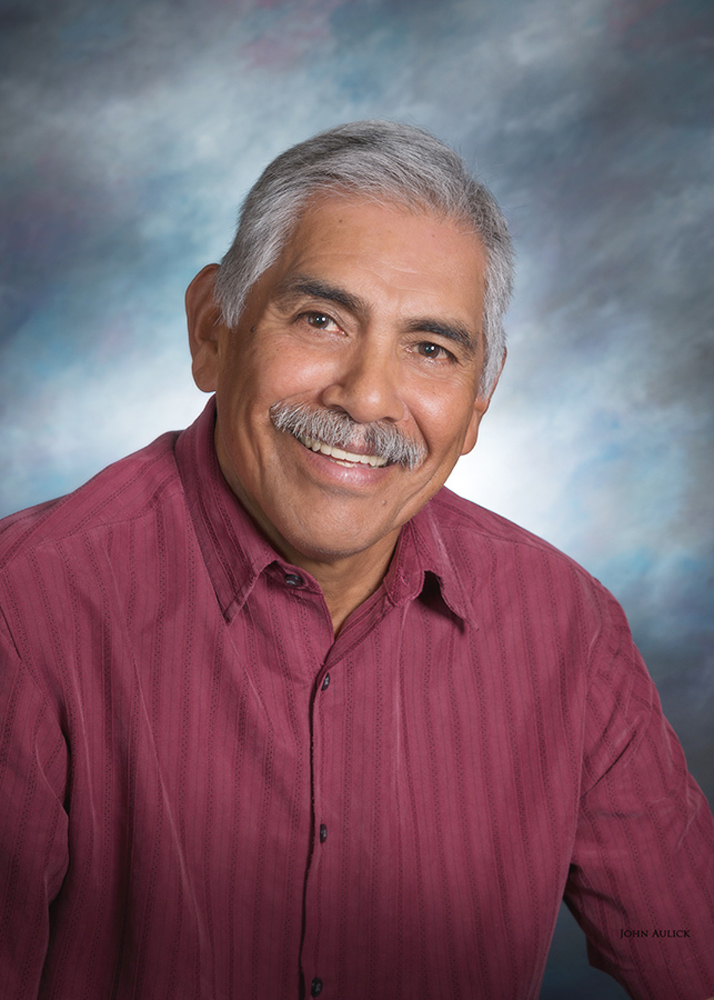A'AGA: Something to be told or talked about
May 4, 2018
Billy Allen
At this time of the year we are already cautious for summer because how quickly it has become warm. When hearing this many of us older GRICsters may nod and smile in agreement but on the inside, chuckle-silently. We recall our youth when we were outside all day and as we got older, worked from sunrise to sunset. And we liked it! Now we enjoy short periods of sitting outside allowing tash or sun to loosen our limbs, soothe aches but mainly to remember our yesterdays. With this in mind, the following information is taken directly from The Pima Indians by Frank Russell. In 1901-02, Mr. Russell came to Gila River to gather information about Akimel O’otham and Piipaash. He probably sat outside listening to elders of the time. A topic of interest was the past relationship with tribes to the north and east, tribes with a different way of life and labeled Apaches.
Keli Akimel or Old Man River was and is still surrounded by some of the best agricultural land in Arizona. Farming gave us a dependable food source but was subject to the unpredictability of the weather.
In a land of desert and river our ancestors felt water and food was to be shared with relatives (hajun) or friends (navoj). Other bands or tribes who did not follow our way of life saw our land as an opportunity to take what they needed thus labeled enemy. To defend ourselves we formed an alliance with the Piipaash. We would help each other against enemies, making both tribes stronger. Our southern O’odham cousins along with Kohatk and Sobaipuris were all willing allies also.
Antonio Azul, who served as an informant said every three or four days, small parties of Apache would come to raid. Larger groups might come once or twice a month. As the frequency of raids increased, GRIC villages moved closer together and further from the akimel. Because of the thick growth along the akimel, defending our villages was difficult. Away from the banks, clearings offered a better chance of survival but the people would wear their sandals at night. Guards were posted along main trails leading into villages. On stormy winter nights, guards would build small brush shelters; light small fires then hide in an attempt to lure the enemy to the fire.
When a headman felt he wanted to go after the enemy, he would go from village to village, asking for men to join him on a raid. If a headman had a good and successful reputation, a war party was quickly raised. Food and extra supplies had to be gathered. Before the horse, women carried the extra gear, women who had lost relatives in battle. If chosen to go, a male relative had to accompany the woman. Warriors had a choice of weapons; bow and arrow, short heavy war clubs and round rawhide shields. Some arrows were made of mulberry taken from the land of the enemy and added with arrows made from wood back home. The small shield offered protection as warriors jumped and zigzagged towards the enemy. The shield had designs painted on it and twirled to confuse or distract the enemy. When one of our warriors was lost, his bow and remaining arrows were broken and left where he fell. The body was burned when the battle was over.
Headman Azul recalled his first fight when he was part of a small army which tracked the enemy to near present-day Riverside. They found the enemy but the element of surprise was gone so there was no major conflict. The 500 O’otham and Piipaash, 200 Tohono O’odham, and 20 friendly Apaches marched back home. These and other stories are included in The Pima Indians. Now would be a good time to go outside to allow tash to loosen our limbs and soothe the aches. Grab the book and be thankful such days are long past.

